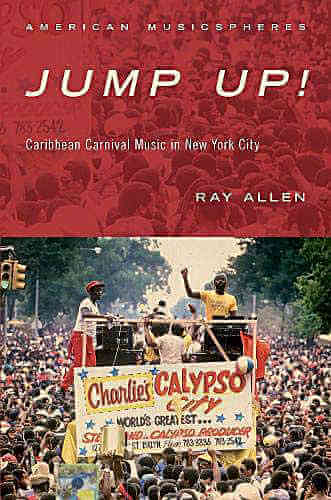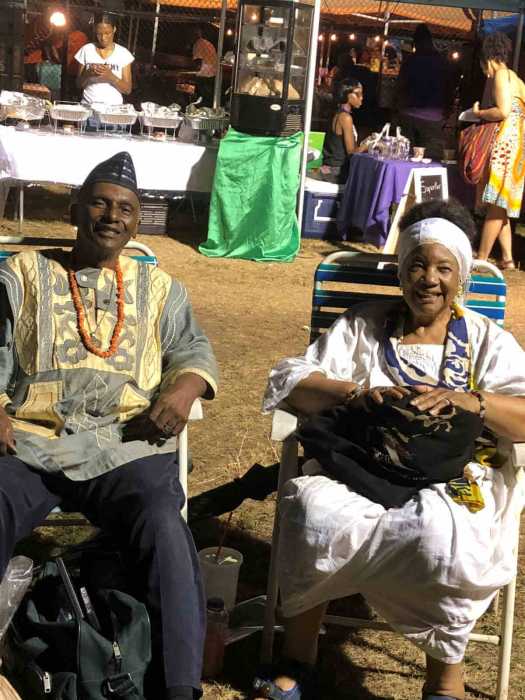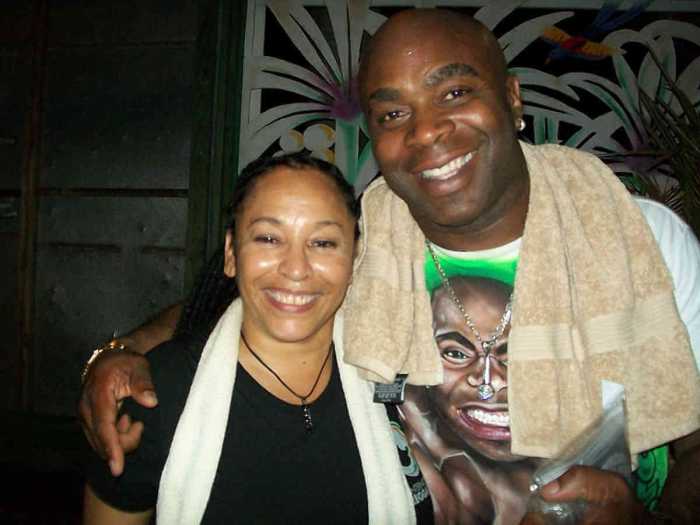Inside a 74-seat theater space in the East Village, patrons are able to sit ringside watching “Sugar Ray,” the life story of Walker Smith Jr., the reputed King of Harlem and acclaimed boxing champion better known as Sugar Ray Robinson.
There at the cozy, historic spot, known as Gene Frankel Theater, audiences are transformed spectators to a one-man presentation detailing how the Ailey, Georgia-born sports legend achieved royalty in New York after moving here from Detroit to emerge GOAT (greatest of all time) during the “golden years of boxing.”
Presented without intermission, a 75-minute production features set design by Patrice Davidson, lighting by Lucky Gilbert Pearto, sound by Thomas R. Gordon and Kimberly K. Harding and costume design by Edith Carnley.
With a lot of help from playwright Laurence Holder, director Luther D. Well and an autobiography, the main attraction delivers sparring jabs, and rib-tickling nostalgia spotlighting the antics of a gladiator denied by pre-TV sports exposure.
“Robinson was boxing history’s first winner of five divisional championships (in the middle weight and welterweight divisions).”
He won the Golden Gloves featherweight championship in 1939 and its lightweight championship in 1940. Turning pro, he was World Welterweight Champion from 1946 to 1951 and added the World Middleweight crown the latter year. He retired in 1952, only to return to the ring two and a half years later and continued fighting way beyond his prime, until 1965, in a lifetime struggle to get out of IRS trouble (he never succeeded). He regained the middleweight crown in 1955 and held it on and off, until 1959.”
The era is revisited with reminders of familiar monikers branding champions the Greatest, the Raging Bull, Hurricane, the Brown Bomber and other distinguishing nicknames.
Also recalled for its colorful characters, fanciful champions and extravagant spenders, victors during the period were dubbed by their most conspicuous characteristics. The sweetest of all was given the nickname Sugar after a woman at one of Robinson’s fights in Watertown, N.Y. described him “sweet as sugar.”
His natty outfits, processed hair, towering five feet 11 stature, jocular personality and flair for fashion sweetened his claim to the name. He drove a pink Cadillac.
That he had a penchant for courting pretty women compounded the merited tag.
Actor Reginald L. Wilson channels the five-time champ. Boasting similar statistics, at five feet 10 inches, pound for pound the actor manages to entice audiences to experience the spectacle of fights and also share in Robinson’s quest to win.
From the first bell Wilson conquers the role.
The signals transition discoveries from his autobiography enabling round by round explanation Wilson challenges in bouts Robinson faced in and out of the ring.
At times the actor steps outside the rope to challenge unsuspecting patrons who might flinch at his revelations.
In one hour and 15 minutes without intermission, Wilson without referee, manager and the barest of props, takes his audience to meet lovers, an absentee father, mother, sisters, mobsters, pariahs and racists.
He even relates an early encounter with a young Cassius Clay Jr. who later changed his name to Muhammad Ali.
Before Ali boasted his prowess to “float like a butterfly… sting like a bee” Robinson claimed greatness.
Reportedly, Robinson “had an astonishing 200 career victories, about seven times the number of most of today’s champions. He suffered one TKO, but was never knocked out. He could knock out an opponent with either fist while skipping backwards. Now as then, he is the standard by which all other fighters are measured.”
When the last bell rings, Robinson in the form of Wilson is still standing, tall.
As a matter of record the champ was allegedly offered a cool million to throw a fight with Jake “Raging Bull” LaMotta.
That hefty purse could have paid an outstanding debt he owed the Internal Revenue Service.
He refused the offer and on Valentine’s Day beat the Bronx Bull to a pulp.
Slated to run thru Jan. 23, “Sugar Ray,” the play describes how Robinson “maintained a stalwart integrity as a gladiator.”
Reason enough for Wilson’s last line in the ring quoted the champion saying “without gladiators there would not be a civilization.”
Whether or not the sport connects with favor, the punches will resonate when Wilson bobs and weaves around the intimate, coronavirus-careful setting.
Well worth the outing, in addition to superlative acting and skillful technical support, there’s history displayed throughout the lobby with images of veteran thespians adorning the wall. Reportedly, Robert DeNiro’s mother Virginia Admiral owned the building at 24 Bond St. Adorned on the outside by golden acrobats descending to escape, the building provides apt setting for a treasure trove of nostalgic reprise about a 20th century gladiator.
Catch You On The Inside!


























